Advertisement
Heel spurs aren’t the only culprit when it hurts to walk

If you feel pain in your heel, you might think you have a heel spur. It’s a common assumption — and a heel spur can cause foot discomfort. However, only 50% of people who have heel spurs actually feel any pain because of it.
Advertisement
Cleveland Clinic is a non-profit academic medical center. Advertising on our site helps support our mission. We do not endorse non-Cleveland Clinic products or services. Policy
“A heel spur can be an incidental finding on an X-ray. You can have one even if you don’t have heel pain,” Dr. Davis says. “When we’re treating people, we don’t focus on the spur because often the spur doesn’t have to go away for the pain to resolve,” says orthopaedic foot and ankle surgeon Alan Davis, MD.
A heel spur won’t trouble you unless it is prominent beneath your foot, and you can feel it under the skin. If you concentrate too much on a heel spur, you could miss the true underlying problem, he says.
The foot is a complex structure of ligaments, tendons and bones. So heel and foot pain can come from a variety of sources, Dr. Davis says.
“Oftentimes, it’s not related to having a heel spur. Plantar fasciitis or any other condition that causes inflammation around the heel can cause heel pain,” Dr. Davis says.
Dr. Davis says the first step is to understand where in the foot you feel the most pain: Is it in the heel, arch or toes? It’s important for the diagnoses and treatment to understand where a person feels the most tenderness.
Advertisement
Full recovery from heel pain takes, on average, six months to resolve with appropriate treatment, Dr. Davis says. But the odds are in your favor – only about 5% of people fail to improve with some form of treatment. You can help yourself by following these tips:
Stretch. “Most heel pain syndromes have similar treatment – the mainstay is a home stretching program,” Dr. Davis says. “We teach people to stretch daily with good technique and frequency.” Using a night splint to keep the ankle at 90 degrees can help the morning pain, and make the first morning stretching session easier.
Wear appropriate shoes for your activity. “If you’re going running, wear running shoes. If you’re going on a hike, wear hiking shoes,” Dr. Davis says. “Wear the appropriate footwear for whatever activity you’re doing to help support your foot properly.”
Buy the right shoes. Choose shoes that don’t rub over any part of the foot or against any bunions or bone prominence. Use extra padding or arch support to alleviate sore bones and relieve pressure.
Show your feet some love. Take anti-inflammatories and ice your foot for pain. Wear over-the-counter arch supports to cushion your feet and absorb the shock of each step.
If these tactics don’t work, Dr. Davis recommends minimizing impact loading activity as much as possible. Immobilization boots can take stress off the foot and ankle, and crutches or a cane can reduce the weight you put on your feet.
Still no better? There are minor office interventions like injections that can help decrease inflammation, he adds.
Advertisement
Learn more about our editorial process.
Advertisement

Wear properly fitted shoes, break them in ahead of time and wear moisture-wicking socks

Safety, hygiene and technician training are among the biggest benefits of a ‘medi pedi’
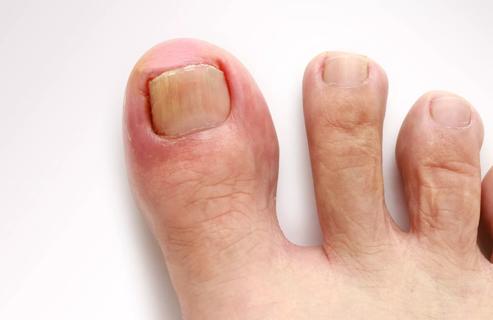
Pain meds, toenail protectors and petrolatum jelly may spare you a trip to a podiatrist
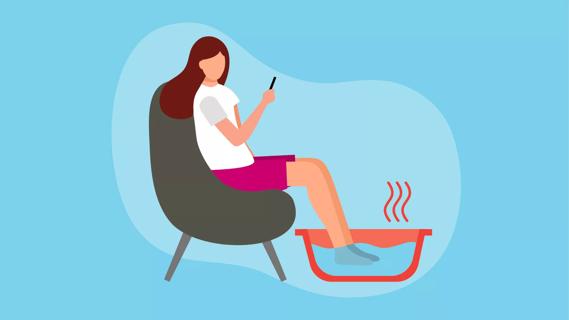
Except in certain medical scenarios, foot health experts rarely recommend foot soaks
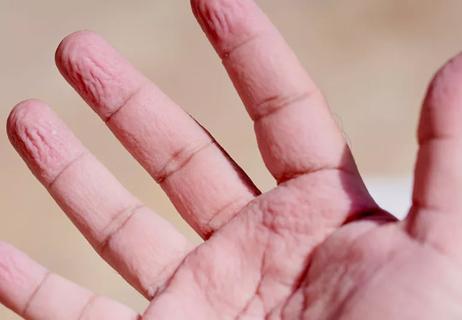
Your blood vessels shrink and your skin forms wrinkles to help you grip objects
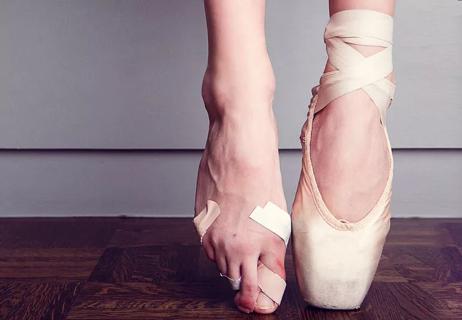
Poorly fitting footwear and overuse injuries can knock you ‘off pointe’
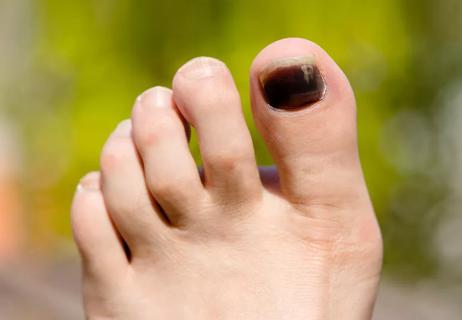
A few precautions can keep your toenails from turning black and falling off
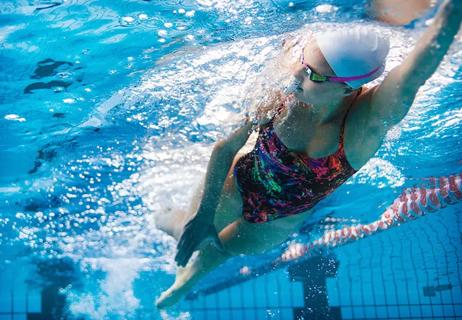
Rethink your exercise routine to maintain — and maybe even gain — fitness during recovery

Focus on your body’s metabolic set point by eating healthy foods, making exercise a part of your routine and reducing stress

PFAS chemicals may make life easier — but they aren’t always so easy on the human body

While there’s little risk in trying this hair care treatment, there isn’t much science to back up the claims